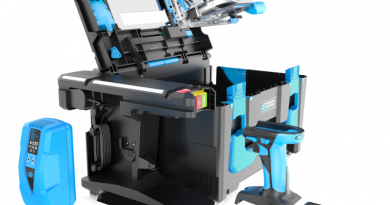Function Generator Characteristics
Function generators are commonly used by engineers, technicians, and scientists to thoroughly and reliably analyze an electronic system. A function generator — also known as an arbitrary waveform generator — produces an oscillating signal with consistent, easy-to-control frequency and amplitude characteristics, making it ideal for testing various kinds of broadcasting equipment.
A common piece of electronic test equipment, a function generator has several high-quality waveforms with accurate, stable frequency and is a convenient source of time-varying electrical signals with an established amplitude, frequency, and waveform.
Your function generator has controls for setting amplitude, frequency range, and frequency fine tune. The function generator has either a waveform selector switch or synchronous outputs for various waveforms, the most common of which are triangle, sine, and rectangular pulse, and some digital generators offer extensive selections of pre-programmed waveforms. High-end function generators have amplitude and frequency modulation and may have a built-in modulation oscillator. Models with modulation often have a dedicated input for an external modulation signal.
The main purpose of a function generator is to send a signal into a circuit for testing purposes. A technician will then observe the signal at various points in the circuit using an oscilloscope, spectrum analyzer, or some other type of testing equipment. The technician will know what is happening in the circuit if the signal is attenuated, distorted, or altogether absent. In addition, one can also test systems of equipment by injecting a pure signal into a radio transmitter. Analyzing returned signals will reveal a great deal about transmission quality as well as reception quality.
A function generator can also drive mechanical equipment like a shaker, which is used to vibrate, for example, a piece of equipment under test; if the equipment falls apart when the function generator drives the shaker with a twenty hertz sine wave, the designers will know that they need to alter the design for improved sturdiness.
Because function generators range from around one hundred dollars up to tens of thousands of dollars, you need to know what you’re looking before you start shopping. If you mostly work with audio equipment, a radio-frequency generator would be excessive. On the other hand, an appropriate digital signal generator will pay for itself if you frequently test on broadcast equipment. If you need the utmost frequency precision and stability, you’ll want to invest in a digital model as well.
